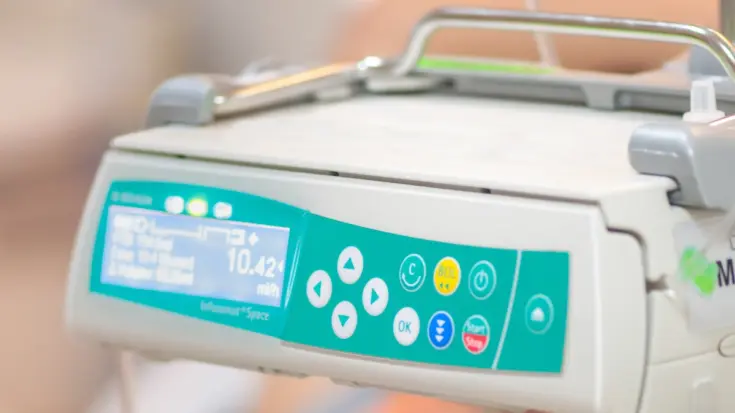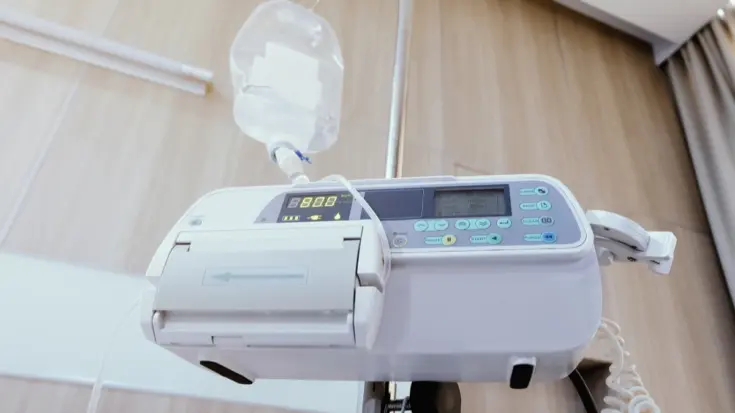Infusion pump parts play a very important role in supporting their task of delivering liquid nutrients properly.
Several components make up infusion pump parts so that they can regulate the speed and amount of fluid drops according to the parameters that have been input.
This article will help you to understand infusion pump parts, so that you can better understand how this device works in delivering liquid nutrients to the body.
Also Read
Table of Contents
The Infusion Pump Parts
Infusion pump parts consist of two components, namely electronic components and mechanical components. The following are the main parts of an infusion pump:
Electronic components

Microprocessor
The microprocessor is part of the electronic components that acts as the brain of the infusion pump. All functions and parameters for administering fluids into the body are regulated by this component.
Operational display panel
This component serves as the tool for controlling the infusion pump. The operational display panel allows nurses to adjust the flow rate, dose, other parameters, and display information about the infusion status.
Sensor
The sensor on the infusion pump detects blockages or problems with the infusion. With this sensor, nurses can take action to fix the problem.
Battery
Infusion pumps require batteries as electronic components. Batteries serve as a backup power source in the event of a power outage so that the process of delivering liquid nutrients to the patient’s body continues smoothly.
Mechanical components

Peristaltic system
The infusion pump moves peristaltically and is regulated by a microcomputer system. This mechanical component system pushes the fluid through the infusion tube and alternately releases it.
Infusion tube
The infusion tube is a mechanical component that functions as a part that delivers nutrient fluid from the reservoir to the patient’s body.
Tubing clamp
Another mechanical component of the infusion pump is the tubing clamp. This part is designed to clamp the infusion tube so that it can be easily controlled by the peristaltic mechanism system. If necessary, the tubing clamp can be used to stop the flow of fluid.
Infusion pole
This is the part where the infusion pump device is mounted using a pole clamp, which makes operation easier and prevents shaking.
AC cable connector and fuse holder
The AC cable connector is located at the back of the device and is used to connect the infusion pump to a power source. This part is also equipped with a fuse holder for safety in case of a short circuit.
Those are the infusion pump parts. Now you know that electronic and mechanical components are essential for this device to function properly and perform its task of delivering liquid nutrients effectively.


















